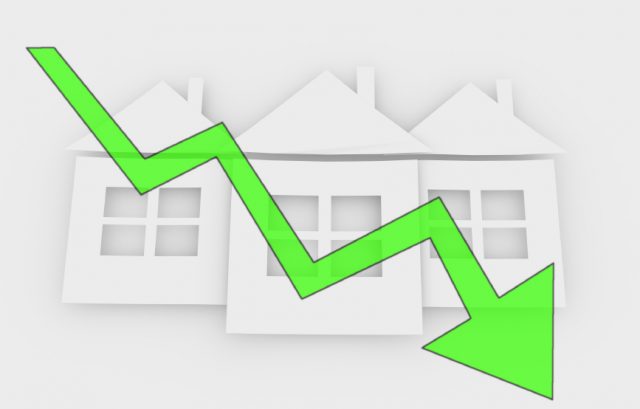UK rents up 4.9% in Q1, outside of London
Rents for new tenancies in the UK experienced more growth in the first quarter of 2016, according to new research.
Latest figures from the HomeLet Rental Index show that rents on new agreements signed for properties outside of London were 4.9% greater than in the first three months of 2015. Average rents now stand at £755 per month.
In London, those signing new tenancy agreements were faced with average rents 7.7% greater than those one year ago.
Greater than inflation
Data from the HomeLet report indicates that rents continue to rise well ahead of inflation, with demand still showing no signs of cooling. These results however come ahead of reforms, such as increases in Stamp Duty, which are forecasted to have a substantial impact on the buy-to-let sector.
In addition, results from the report show evidence that residential landlords soared to the market ahead of the changes. HomeLet recorded a marked increase in enquiries for landlord insurance. 37% of insurance policies taken out by landlords were few new properties, in comparison to 24% in the same period in 2015.
London saw average rents for new tenancies rise to £1,536 and the region has once again seen prices increase more quickly than in other areas of the country. The gap between the capital’s rent rises and that of the rest of the UK is 2.8%.
Only the North West of England saw rents fall in the three months to March.

UK rents up 4.9% in Q1, outside of London
Continual increase
Martin Totty, Chief Executive Officer at Barbon Insurance, said, ‘we’ve continued to see increases in rents on new tenancies in almost every part of the UK during the first quarter, as the private rental market has responded to the pressures of an imbalance between demand and supply.’[1]
‘External factors may now come into play: the stamp duty increase has already had an impact and that surge in the acquisition of property by landlords could now cause a short-term increase in the supply of rental property in some areas of the country. In the longer term, changes to rules around buy-to-let mortgage interest being offset against tax bills, coupled with the Bank of England’s instruction to lenders to apply more exacting criteria on buy-to-let lending, may have a limiting effect on supply,’ Totty added.[1]
Concluding, Totty said, ‘despite these factors, we expect the private rental sector to continue to play a crucial role in a housing market where population growth will continue for the foreseeable future according to official projections.’[1]
[1] http://www.propertyreporter.co.uk/landlords/new-rents-outside-the-capital-rise-49.html




